Home>Ideas and Tips>Home Art Studio Design: Creative Spaces for Artists
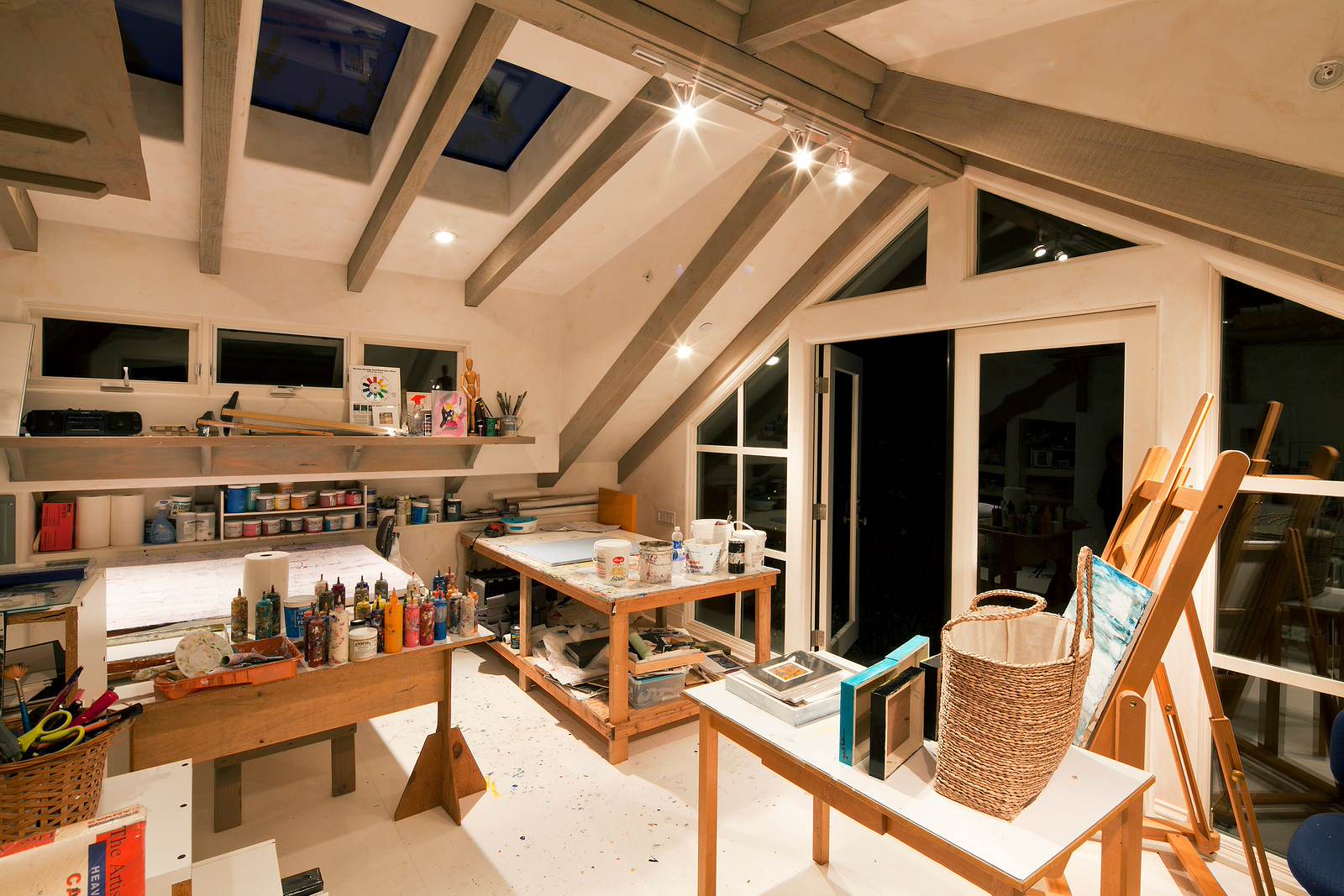

Ideas and Tips
Home Art Studio Design: Creative Spaces for Artists
Published: September 17, 2024
Design your perfect home art studio with our guide. Discover tips on layout, lighting, storage, and more to create an inspiring and productive workspace.
(Many of the links in this article redirect to a specific reviewed product. Your purchase of these products through affiliate links helps to generate commission for Storables.com, at no extra cost. Learn more)
Creating a home art studio is a dream for many artists. It offers the perfect blend of inspiration, creativity, and comfort. However, turning this dream into reality requires careful planning and thoughtful design. In this article, we will explore the key elements of designing a home art studio that fosters creativity and productivity.
Understanding Your Needs
Before diving into the design process, it's essential to understand your needs as an artist. Consider the type of art you create, the tools you use, and the space you require. For instance, if you are a painter, you might need a large area for easels and canvas. On the other hand, if you are a sculptor or a printmaker, you may require more space for materials and equipment.
Space Requirements
- Work Area: The primary space should be dedicated to your work area. This could be an easel for painting, a workbench for sculpture, or a printing press.
- Storage: Adequate storage is crucial for keeping your workspace organized. This includes shelves for supplies, cabinets for materials, and drawers for tools.
- Natural Light: Natural light is essential for many artistic mediums. Ensure that your studio has large windows or skylights to provide ample natural light.
- Comfort: A comfortable workspace is vital for long hours of work. Consider adding a chair, a desk, and good lighting.
Layout Design
The layout of your home art studio is critical in maximizing space and efficiency. Here are some tips to help you design an effective layout:
Grid System
Using a grid system can help organize your space. This involves dividing the room into sections using lines or guides. This method ensures that all elements are aligned properly and visually balanced.
Zone Creation
Divide the studio into different zones based on their functions:
- Work Zone: Dedicated to your primary work activities.
- Storage Zone: For storing supplies and materials.
- Break Zone: For taking breaks and relaxing.
- Display Zone: For showcasing your artwork.
Flexibility
Design your studio with flexibility in mind. This means creating spaces that can be easily rearranged as needed. For example, a movable easel or a modular shelving system can be adjusted according to different projects.
Lighting
Lighting is one of the most critical elements in any art studio. Proper lighting can enhance your work and reduce eye strain. Here are some tips for lighting your studio:
Natural Light
As mentioned earlier, natural light is essential for many artistic mediums. Ensure that your studio has large windows or skylights to provide ample natural light.
Artificial Light
Artificial light is necessary for tasks that require specific lighting conditions, such as painting or drawing. Use a combination of overhead lighting and task lighting to create a well-lit workspace.
Color Temperature
Different artistic tasks require different color temperatures of light. For example, warm white light (2700K-3000K) is suitable for tasks like painting, while cool white light (3500K-4100K) is better for tasks like drawing.
Ergonomics
Ergonomics play a significant role in maintaining comfort and reducing fatigue during long hours of work. Here are some tips for designing an ergonomic workspace:
Chair and Desk
Invest in a comfortable chair and desk that provide adequate support for your back and neck.
Easel Height
Adjust the height of your easel so that you can work comfortably without straining your neck or back.
Tool Placement
Place frequently used tools within easy reach to avoid unnecessary movement.
Storage Solutions
Effective storage solutions are crucial for maintaining an organized workspace. Here are some storage solutions you can consider:
Shelving Units
Install shelving units that can hold various supplies like paints, brushes, canvases, and other materials.
Cabinets
Use cabinets to store larger items like printing presses or sculpting tools.
Drawers
Install drawers for storing smaller items like paints, brushes, and other tools.
Hooks
Add hooks for hanging items like canvases or sculptures.
Inspiration and Motivation
Creating an inspiring and motivating environment is essential for maintaining creativity and productivity. Here are some tips to create such an environment:
Artwork Display
Display your artwork prominently in the studio to serve as inspiration and motivation.
Art Books and Magazines
Keep art books and magazines nearby to provide inspiration and reference materials.
Music and Plants
Play soothing music in the background and add plants to create a calming atmosphere that fosters creativity.
Technology Integration
Integrating technology into your home art studio can enhance your workflow and productivity. Here are some ways you can integrate technology:
Smart Lighting
Use smart lighting systems that can adjust color temperature and brightness based on the task at hand.
Digital Tools
Utilize digital tools like graphic design software or digital painting programs to streamline your workflow.
Camera for Documentation
Use a camera to document your work process, which can be helpful for tracking progress and sharing with others.
Sustainability
Creating a sustainable home art studio is not only environmentally friendly but also cost-effective in the long run. Here are some sustainable practices you can adopt:
Energy-Efficient Lighting
Use energy-efficient lighting options like LED bulbs which consume less power and last longer.
Recycled Materials
Use recycled materials for storage solutions like shelves made from reclaimed wood or cabinets made from repurposed materials.
Eco-Friendly Supplies
Choose eco-friendly supplies like water-based paints or recycled paper for your projects.
Conclusion
Designing a home art studio requires careful consideration of various factors including space requirements, layout design, lighting, ergonomics, storage solutions, inspiration and motivation, technology integration, and sustainability. By following these guidelines, you can create an efficient and inspiring workspace that fosters creativity and productivity. Remember to stay flexible and adapt your design as needed to ensure that your studio remains a haven for artistic expression.
By following these steps and incorporating these elements into your home art studio design, you will be well on your way to creating a space that not only inspires but also supports your artistic endeavors. Whether you are a painter, sculptor, or printmaker, having a well-designed studio will make all the difference in your creative journey.
Was this page helpful?
At Storables.com, we guarantee accurate and reliable information. Our content, validated by Expert Board Contributors, is crafted following stringent Editorial Policies. We're committed to providing you with well-researched, expert-backed insights for all your informational needs.
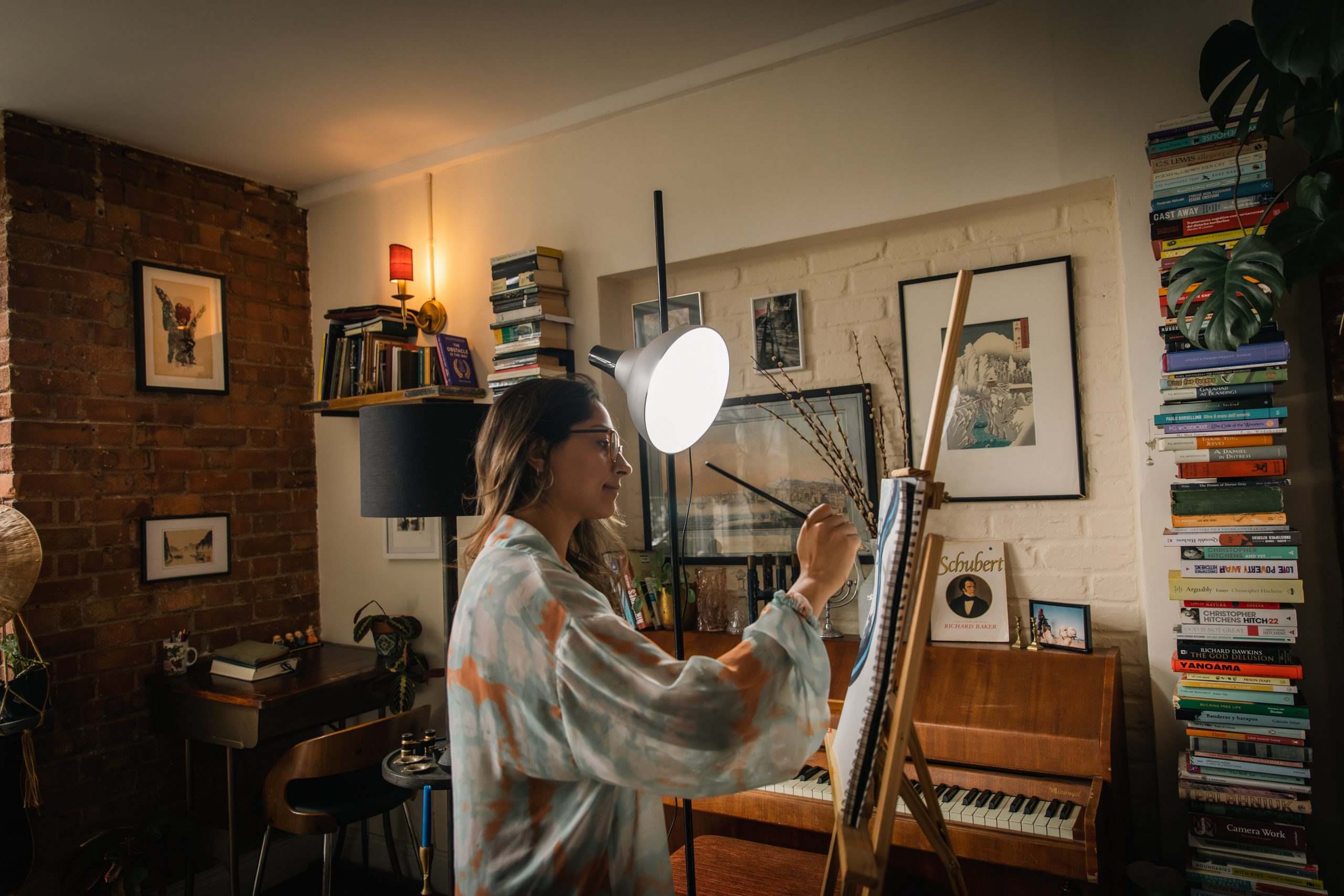
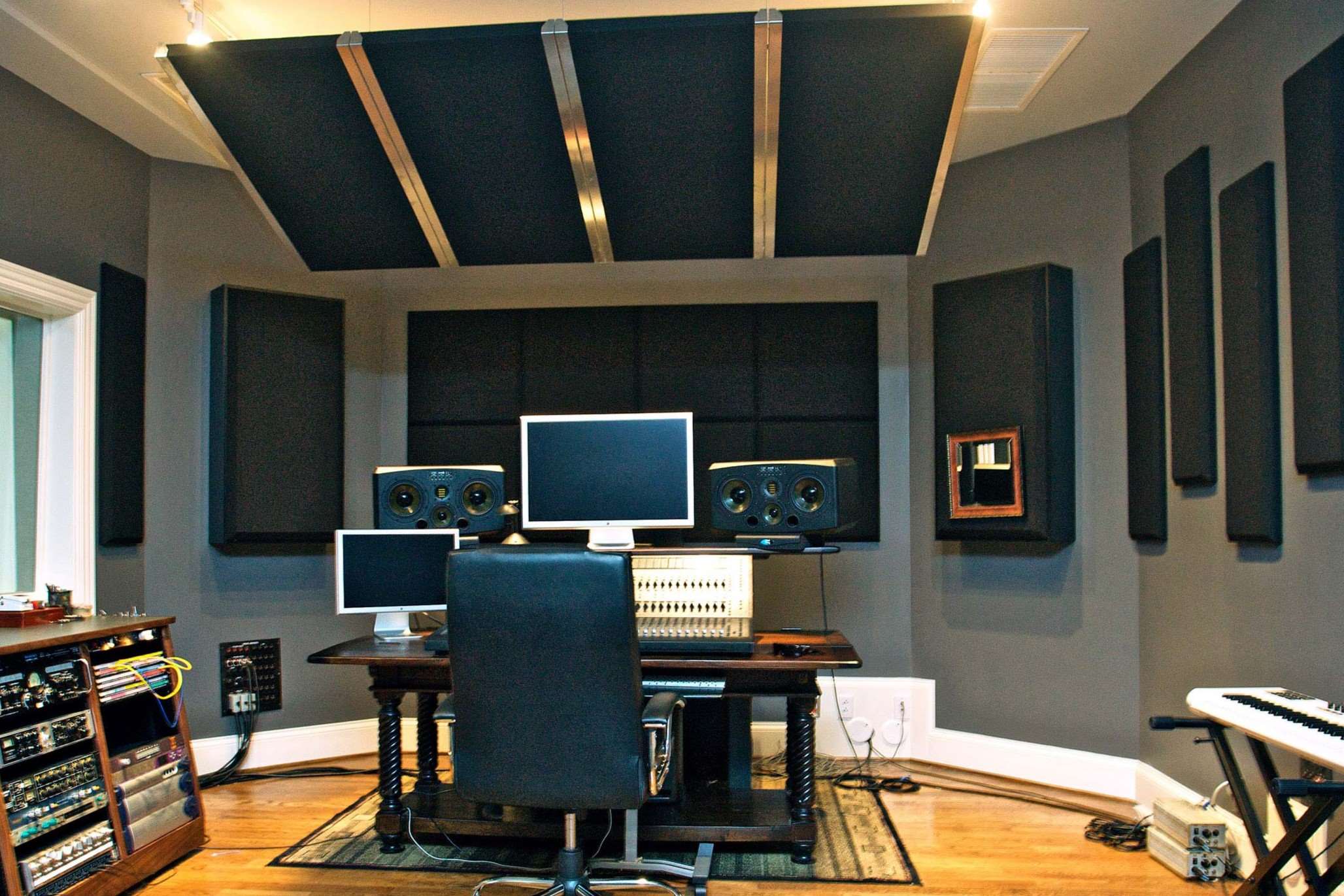
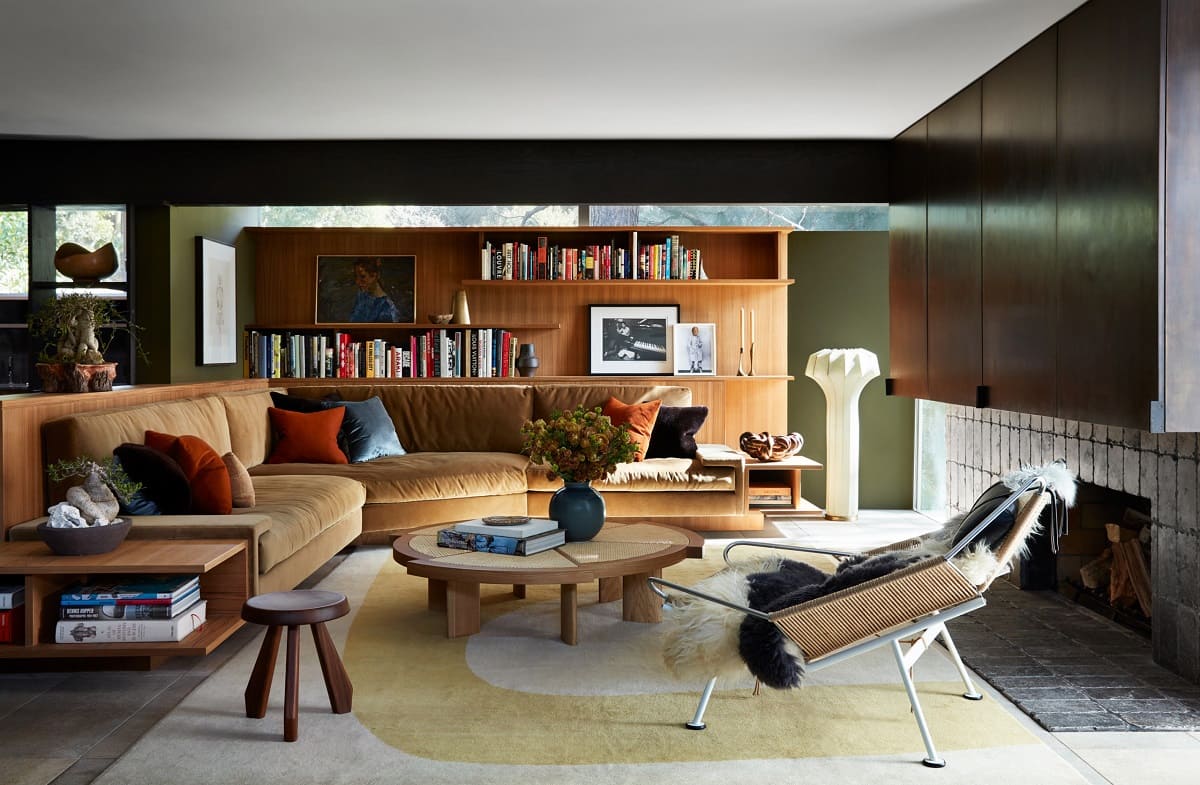
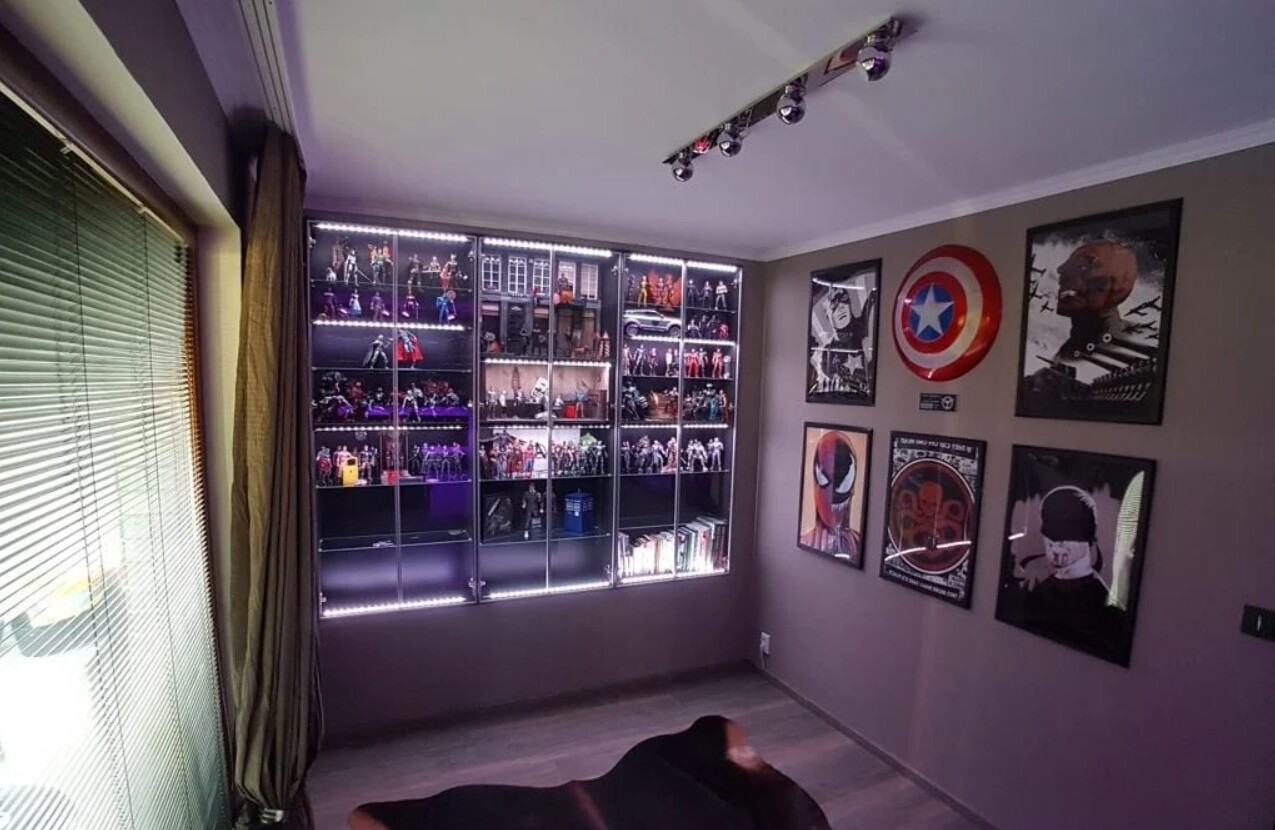
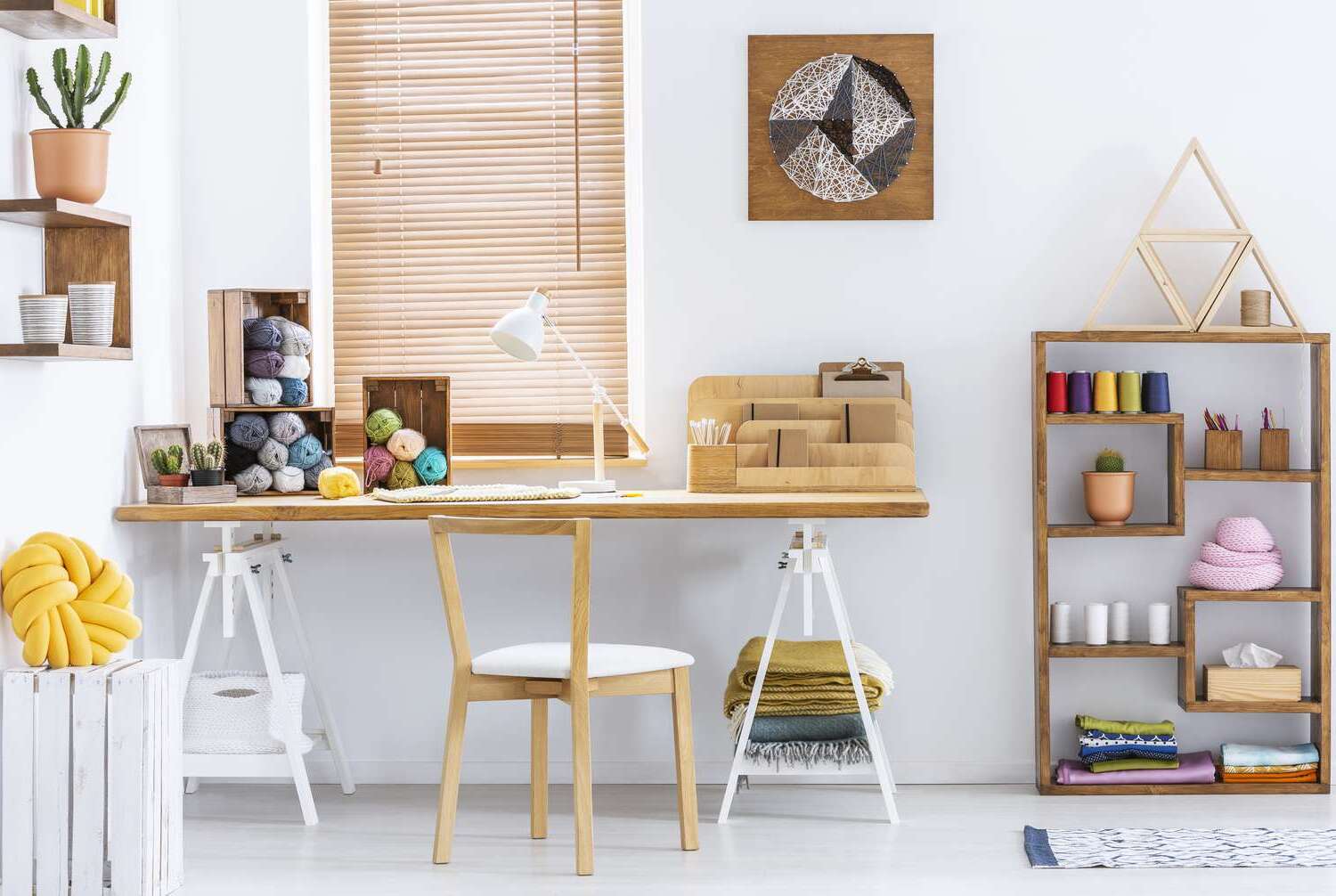
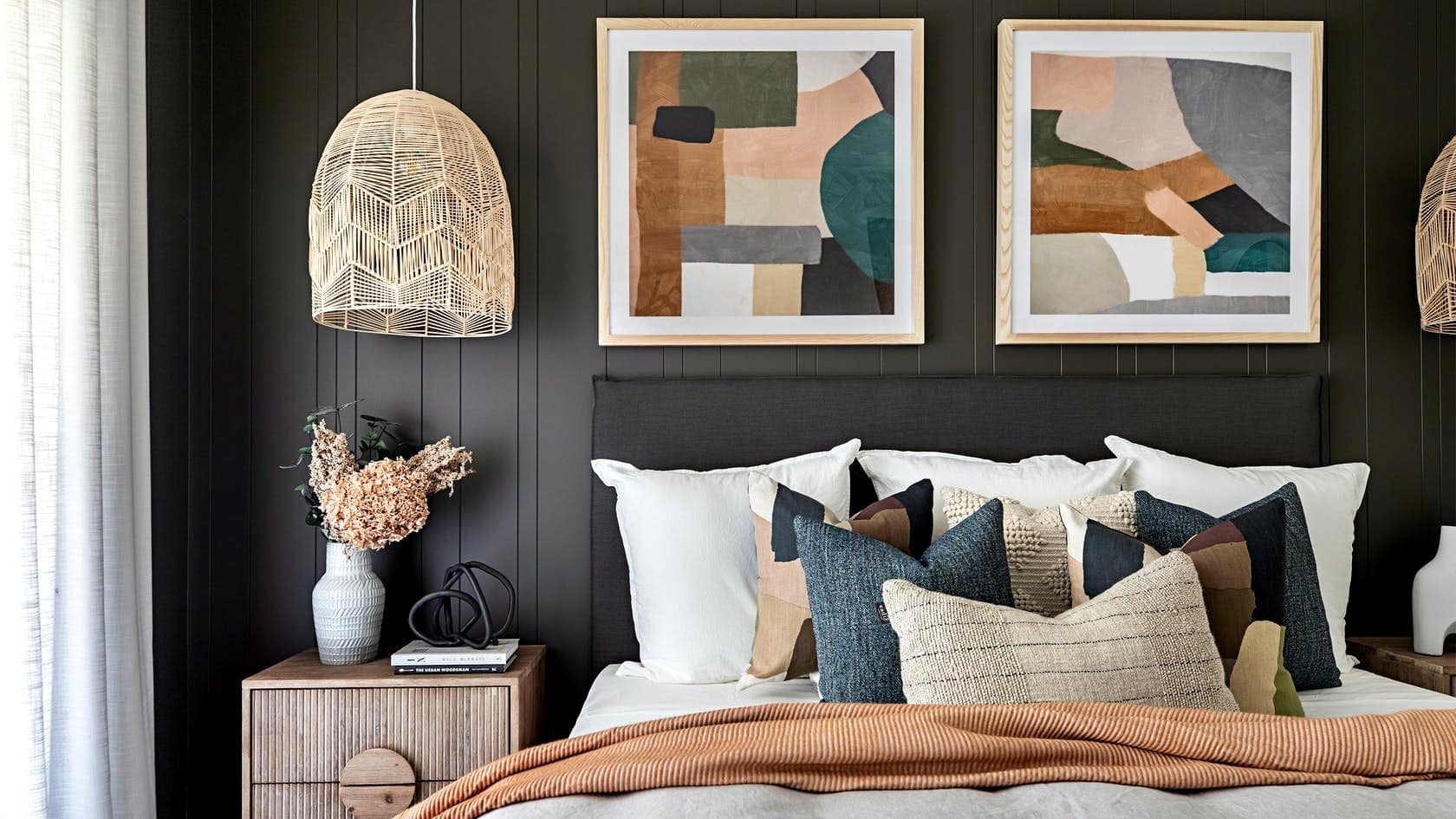
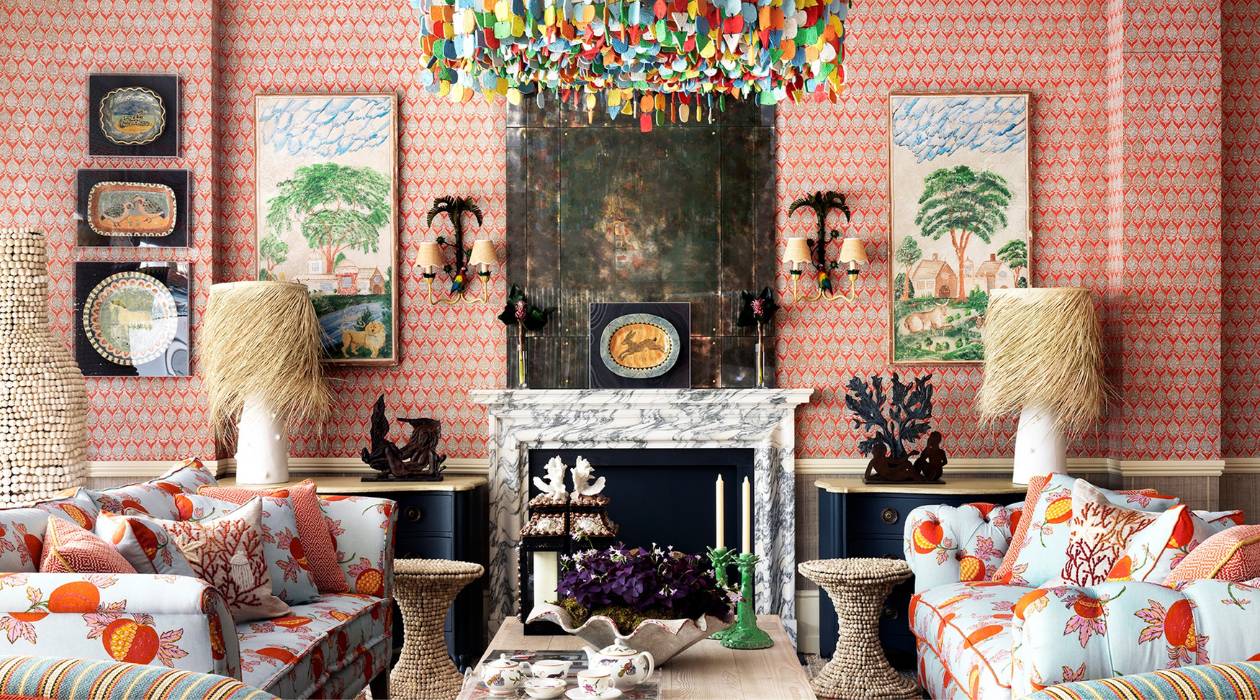
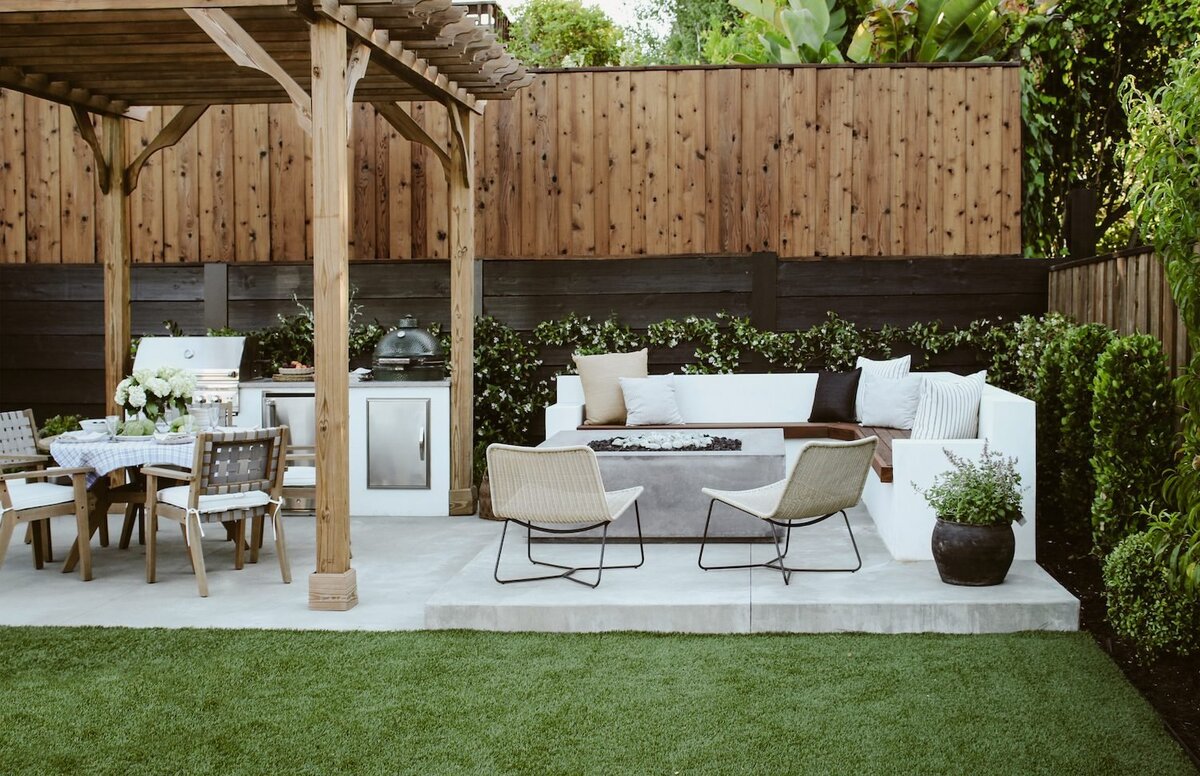
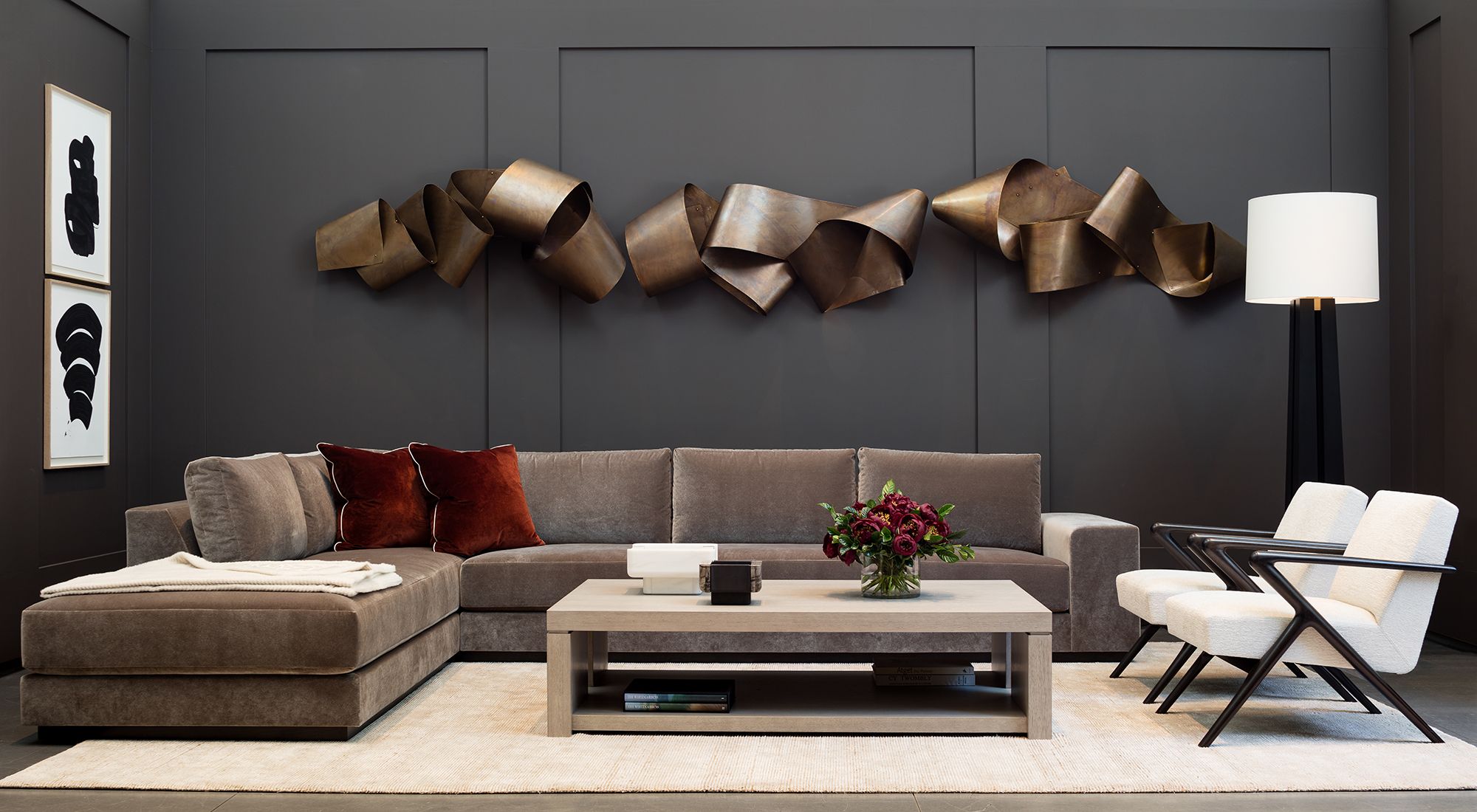
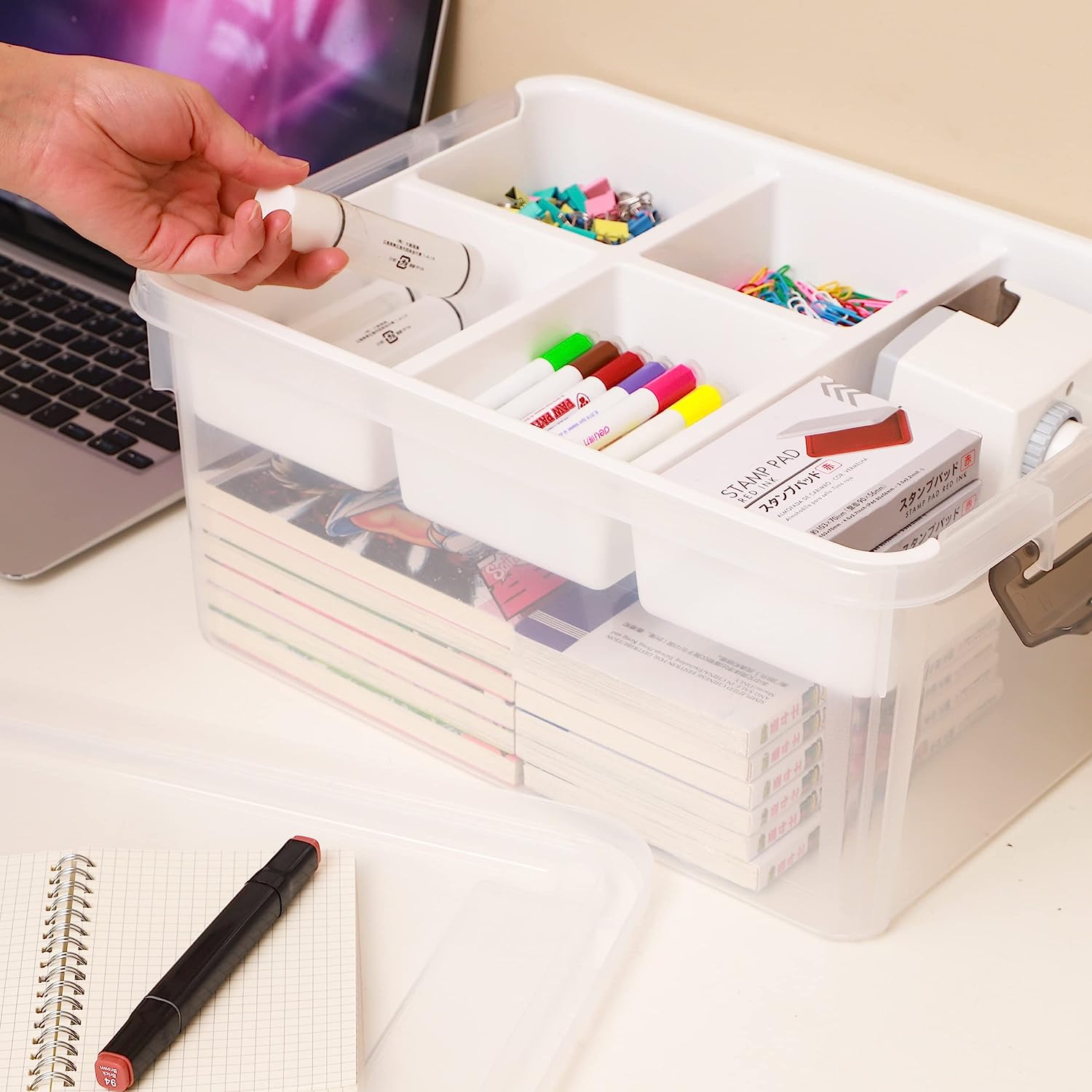
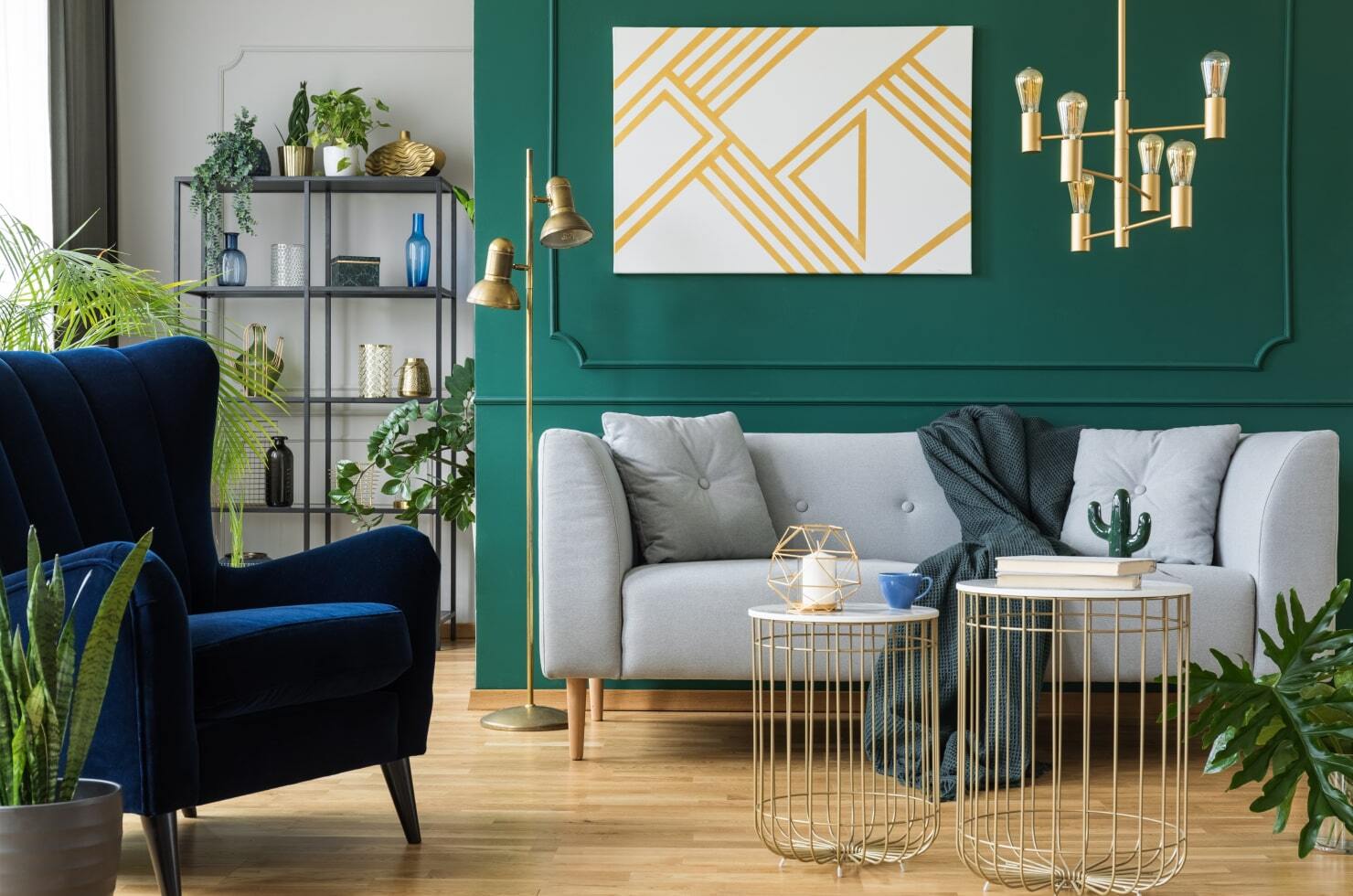
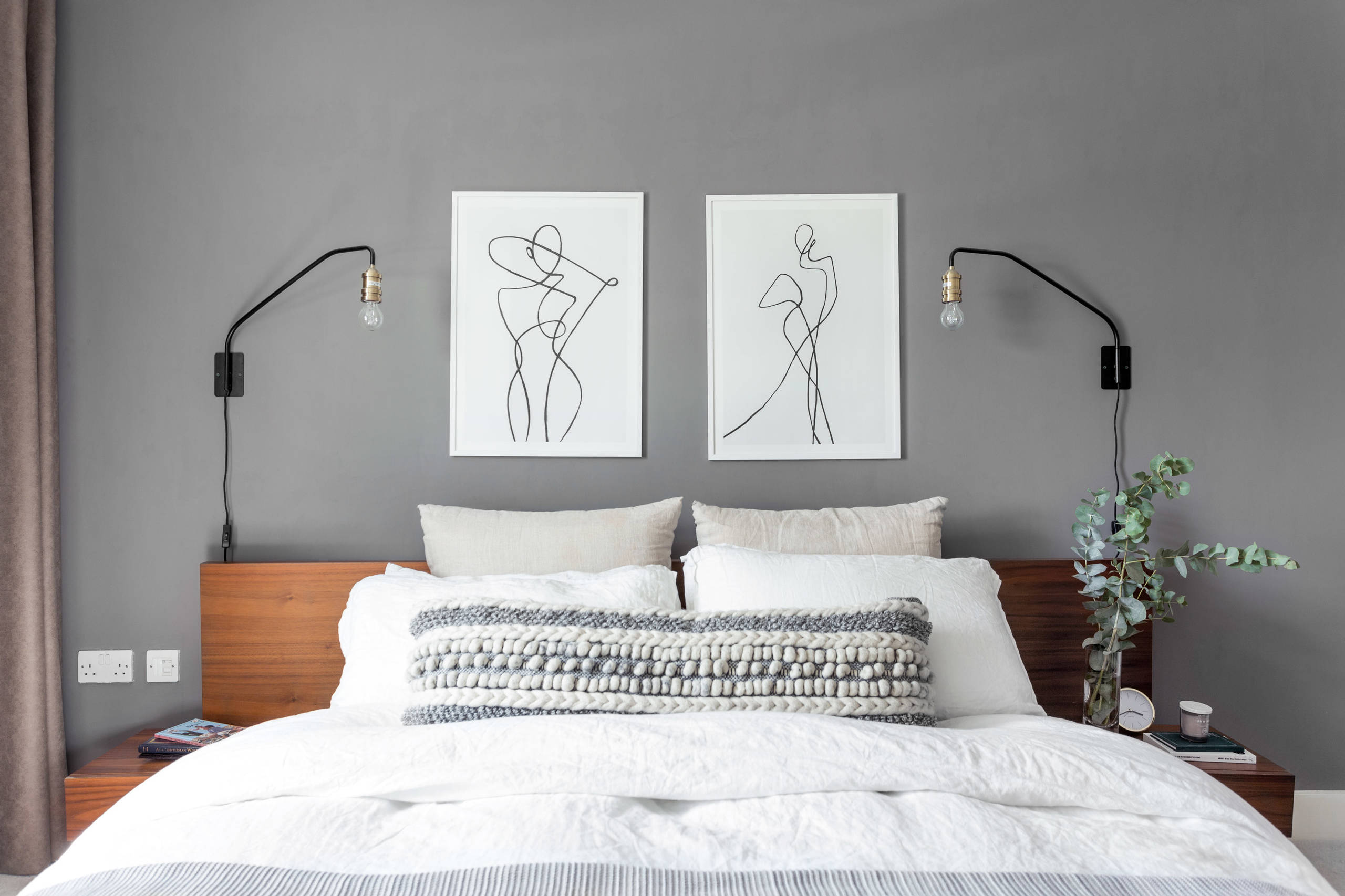
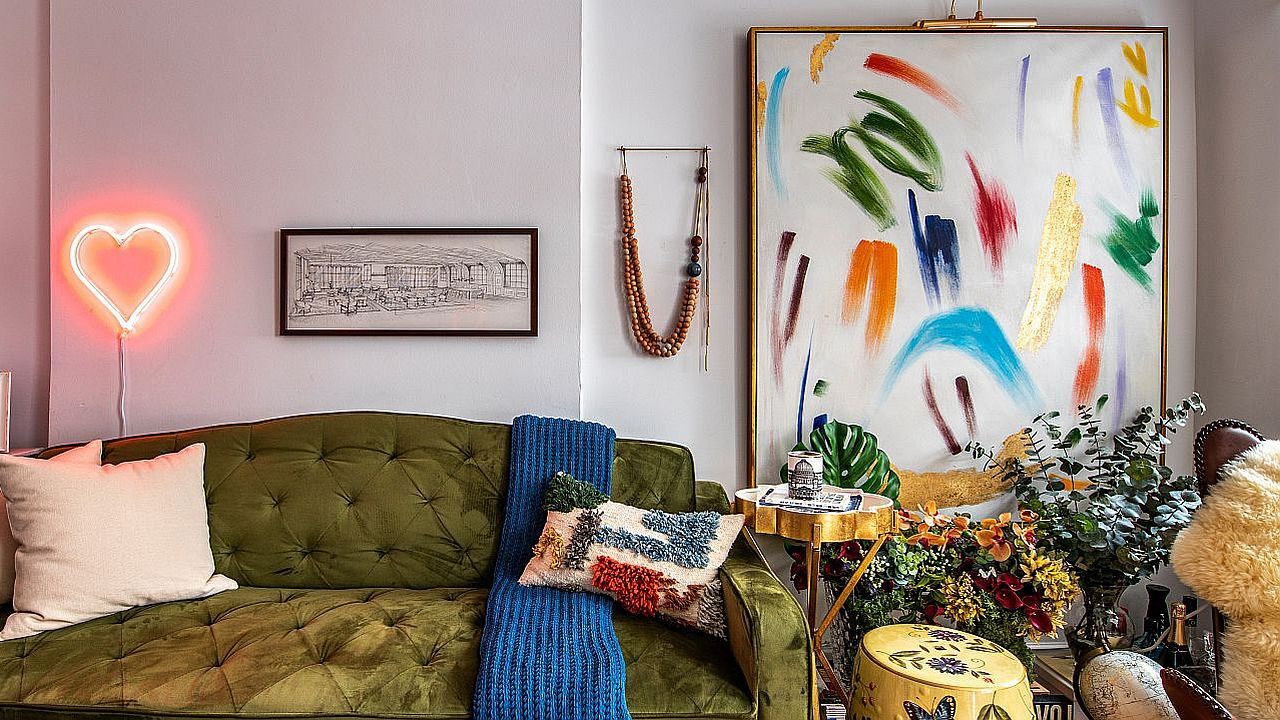
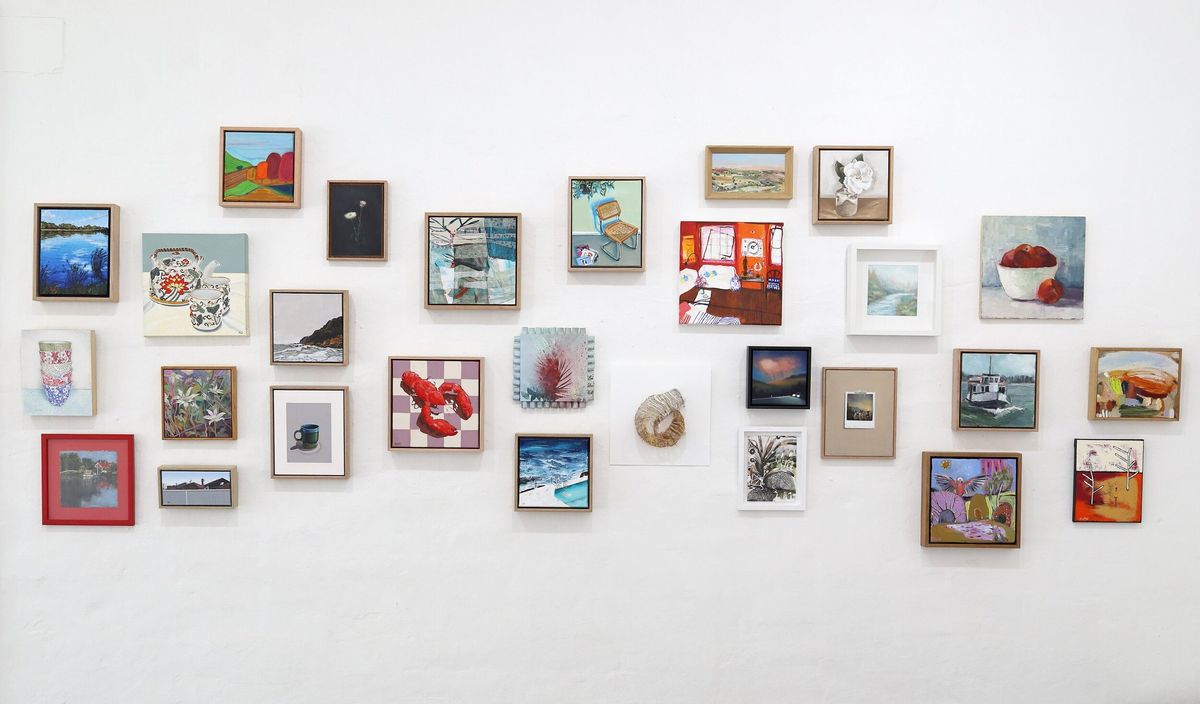

0 thoughts on “Home Art Studio Design: Creative Spaces for Artists”